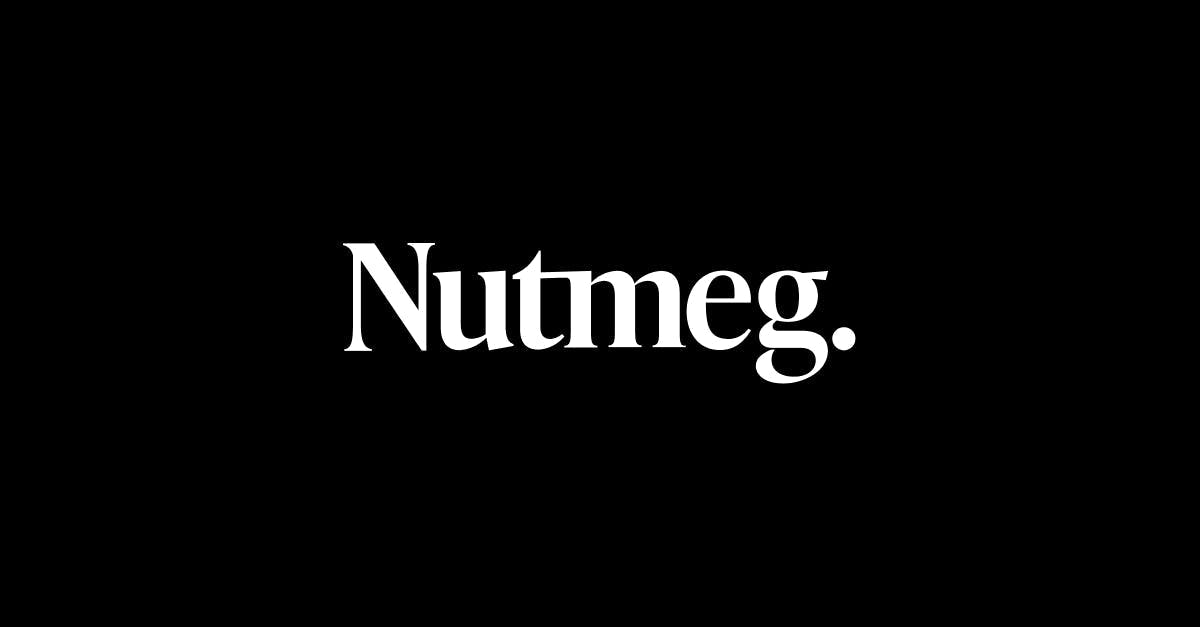Fund selectors have called on asset managers to develop more fixed income ETFs as they look to take advantage of the attractive yields on offer.
According to data from ETFbook, fixed income UCITS ETFs saw a record $70bn inflows in 2023 as investors turned back to the asset class following a decade of quantitative easing and negative yields.
Demand for bond ETFs looks set to continue, with 83% of professional investor respondents stating 2024 will be the year of fixed income versus 40% for equities, in a recent survey conducted by ETF Stream and JP Morgan Asset Management.
This year, duration positioning will be crucial as fund selectors grapple with the potential for a deep recession that will drive yields lower or a stronger-than-expected US economy that will force the Federal Reserve to keep rates at elevated levels.
Fixed income ETFs play an important role in allowing investors to pinpoint specific parts of the yield curve that they believe offer the best value.
Sir John Royden, head of research at JM Finn, told ETF Stream he wants more granularity in inflation-linked gilt ETFs.
The largest UK inflation-linked bond ETF is the £705m iShares £ Index-Linked Gilts UCITS ETF (INXG), however, it has a weighted average maturity of 16.97 years which will underperform in an environment of rising interest rates, even if inflation is also increasing.
Legal & General Investment Management offer the L&G UK Gilt 0-5 Year UCITS ETF (UKG5) but Royden said there could be an even deeper duration split with index-linked ETFs in both short and medium points on the yield curve.
“We have a desire for more precise duration and would love to see more granularity from ETF issuers,” he added.
Echoing his views, Andrew Limberis, investment director at Omba Advisory & Investments, said fixed income is still an area where he would like more control over duration across both government and corporate bonds and different currencies.
Corporate bond ETFs saw strong demand in 2023, with the iShares Core € Corp Bond UCITS ETF (IEAC) capturing $5bn inflows, however, there is limited granularity across risk buckets.
Fixed maturity bonds
One area of innovation in 2023 was in fixed maturity corporate bond ETFs after BlackRock brought its iBonds range to Europe last August.
Fixed maturity ETFs allow investors to access corporate bonds with specific maturities while benefitting from the diversification, transparency and liquidity benefits of ETFs.
Oliver Faizallah, head of fixed income research at Charles Stanley, added investors can receive a stream of predictable cash flows over the life cycle of a bond.
He called on ETF issuers to launch sterling-hedged share classes for fixed maturity investment-grade bonds which he forecasted would have great appeal to investors unable to access the direct bond market.
“Given the rapid rise in yields experienced lately, these qualities are becoming more apparent,” Faizallah continued. “However, the direct corporate bond market is not retail friendly, with most outstanding bonds available in a minimum size of £100k.
“While these products are becoming more available, a sterling-hedged share class for UK-based investors would be a great addition to the product suite in 2024.”
Active demand
Demand for further product development in the active fixed income ETF space is another area of focus for fund selectors.
Pacome Breton, head of portfolio management at Nutmeg, told ETF Stream asset classes such as high yield and emerging markets are ripe for innovation in the active bond ETF space.
“This year, we see that actively managed fixed income ETFs will become more interesting than ever,” Breton added.
“As central banks in major developed economies reduce their quantitative tightening measures, the influence of currency fluctuation on emerging market debt emerges as a predominant factor, a broader range of products to offer flexibility of currency exposure would help better manage the elevated US dollar risk.”
Overall, active ETFs in Europe saw $7.4bn inflows in 2023, up from $2.6bn the year prior, amid a combination of more available products and investors becoming comfortable with marrying the benefits of the ETF wrapper with active management.
Simon McConnell, head of portfolio construction at Netwealth, said the development of active strategies is “encouraging” for the ETF market. He called for further innovation in areas where the underlying market is liquid such as managed futures and trend-following strategies.
“Clearly active strategies within ETF wrappers are becoming more in vogue,” he told ETF Stream. “It will be interesting to see if other active strategies, where the underlying is liquid that were traditionally held in mutual funds could be made available in ETF form.”
Thematic ETFs
Finally, it was a torrid year for thematic UCITS ETFs which saw $1.1bn outflows in 2023, down from $4.3bn inflows in 2022, as investors turned away from risk assets amid fears of the impact of higher interest rates.
Limberis stressed the importance of more “well-defined” megatrends that act as a middle ground between traditional sectors and “outlandish” themes as well as more deviation away from market-cap weighting.
Meanwhile, Breton called for more cost-effective thematic ETFs in areas such as energy transition, artificial intelligence and robotics.
“Within the realm of equity funds, thematic products remain attractive for us,” he said. “Innovation with products that generate decent and stable income would continue to be of interest in an era of elevated inflation and high interest rates.”
Final word
There are over 2,750 exchange-traded products (ETPs) listed in Europe, according to ETFbook, so fund selectors are well served, especially in core equity building blocks.
Fixed income is an area of potential disruption for smaller ETF issuers entering the market while the rise of active ETFs is a trend that cannot be ignored.
This article first appeared in ETF Insider, ETF Stream's monthly ETF magazine for professional investors in Europe. To read the full edition, click here.











